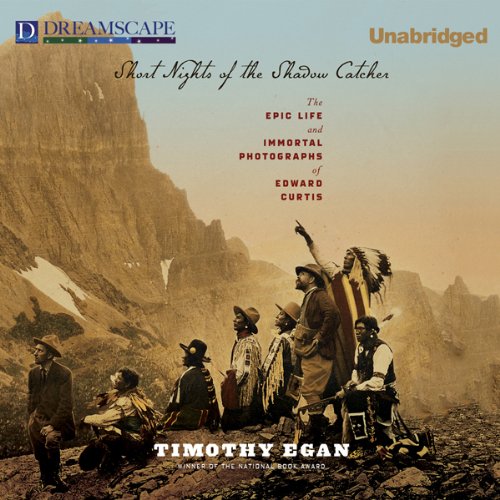

“He was looking for the lethal glare she saved for the boys who threw rocks at her,” Egan writes.

Curtis worked days to capture the portrait he wanted, an encounter between photographer and subject that Egan describes with his own patience and skill. “Princess Angeline” was then 100 years old. Then he decided to photograph the impoverished woman famous locally as the last surviving child of Chief Seattle. It soon became clear he had “the eye,” and within four years he was Seattle’s most renowned photographer, shooting portraits of its wealthiest citizens. From a traveler headed to Alaska’s gold fields, he bought a 14-by-17-inch view camera.Ĭurtis set up a photo studio. In and near Seattle, Curtis literally earned his living from the muck: digging for clams and doing other menial jobs. The man behind these images was the son of a humble Minnesota family who resettled in Seattle during that city’s late-19th century transformation from frontier town to Western metropolis. And his photograph of the tragically regal Chief Joseph of the Nez Perce, covered in shell necklaces just months before a death his doctor attributed to “a broken heart.” There is his 1905 portrait of the great Apache fighter Geronimo, with his weathered face. In the process, the charming rogue with the grade school education created the most definitive archive of the American Indian.His portraits, especially, have a timeless quality. Curtis would amass more than 40,000 photographs and 10,000 audio recordings, and he is credited with making the first narrative documentary film. And the undertaking changed him profoundly, from detached observer to outraged advocate. It took tremendous perseverance - ten years alone to persuade the Hopi to allow him to observe their Snake Dance ceremony. But when he was thirty-two years old, in 1900, he gave it all up to pursue his Great Idea: to capture on film the continent’s original inhabitants before the old ways disappeared.Ĭurtis spent the next three decades documenting the stories and rituals of more than eighty North American tribes. He moved in rarefied circles, a friend to presidents, vaudeville stars, leading thinkers. Egan’s spirited biography might just bring the recognition that eluded him in life.” - The Washington PostĮdward Curtis was charismatic, handsome, a passionate mountaineer, and a famous portrait photographer, the Annie Leibovitz of his time.

“A vivid exploration of one man's lifelong obsession with an idea. New York Times bestselling and Pulitzer Prize-winning author Timothy Egan reveals the life story of the man determined to preserve a people and culture in Short Nights of the Shadow Catcher: The Epic Life and Immortal Photographs of Edward Curtis. A Winner of the Carnegie Medal for Excellence in Nonfiction


 0 kommentar(er)
0 kommentar(er)
